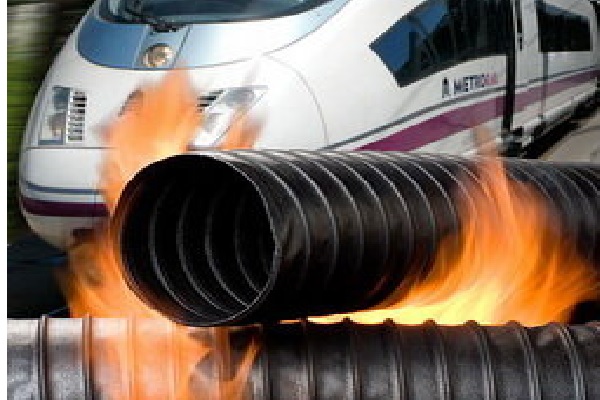Silicone tubing is widely used in pharmaceutical and biomedical industries. This article will detail the specific reasons why silicone tubing is preferred in numerous pharmaceutical applications.
Silicone tubing’s are well known for its flexibility, durability, and chemical inertness which makes it ideal to be used for pharmaceutical applications. Silicone is one among the very few biocompatible materials available in the industry. Silicone is also odourless, tasteless and heat resistant.
![]()
Biocompatibility
Silicone rubber is known for its biocompatible nature. Silicones are biocompatible because they do not support microbiological growth and they do not interact with microbiomes. Silicone materials is formed by a highly strong and stable chemical bond and so the binding energy between siloxane bonds are stronger than that of carbon bonds. The stronger binding energy in silicone polymer makes it durable, chemically and thermally stable. Due to the strong binding energy, silicone bonds can’t be broken and thus it is insoluble in body fluids and chemicals. The chemically inert nature of silicone is crucial for the pharmaceutical industry, where product purity is paramount. The intermolecular force between silicone bonds is low, which makes gives it high elasticity and compressibility.
Thermal & chemical stability
Due to the high binding energy of siloxane bonds, these bonds cannot be broken even at 200 degrees Celsius. Properly cured silicone rubber is also stable This strong binding energy also contributes to the chemical stability of silicone products, as chemicals are unable to react with them since the siloxane bonds remain intact. The capability to resist a wide range of temperatures, from extreme cold to intense heat, without degradation, is vital for sustaining the integrity of sensitive pharmaceutical products. The thermal, chemical and electrical insulation properties of silicone make it ideal to be used in pharmaceutical manufacturing and research laboratories.
Non – Porous Sterile nature
Along with biocompatibility, silicone rubber is also non-porous, making it impermeable to water and easier to clean this will also eliminate the chances of bacteria growing up in the products. Silicone materials are easy to be cleaned/sterilized as it is heat, cold and chemical resistant. Various heat sterilization options are widely used for cleaning silicone products as they are heat resistant.
Flexibility
The improved flexibility of silicone products makes it ideal for various fluid transfer applications in pharmaceutical industry. Furthermore, the translucency of silicone tubes helps in monitoring of fluid flow, which is vital in various pharmaceutical applications.
Durability
The lifecycle of a silicone product may vary based on the way it is cured and the environment it is being used. Based on the curing process, there are products that can last up to 40-45 years. The durability is crucial in pharmaceutical applications as they are primarily focused on human lives.
Why Choose Jehbco?
Platinum-cured hospital-grade silicone manufactured by Jehbco is biocompatible and non-porous. With proper curing and post-curing, Jehbco’s platinum hospital-grade silicone can be used for food contact applications and complies with the Recommendation “XV. Silicones” of the BfR and FDA 21 CFR §177.2600 “Rubber Articles Intended for Repeated Use,” considering any given limitations on extractable and volatile substances. The raw material used by Jehbco for hospital-grade tubing also come with a statement from the supplier regarding biocompatibility, in accordance with USP<88> Class VI and selected tests of ISO 10993.
Some common applications in pharmaceutical industry
Peristaltic Pumps: Contamination free fluid transport
Laboratory Research: For the management sensitive biological samples, where cleanliness and non-toxicity are crucial.
Sterile Filling: Essential in the aseptic filling of pharmaceutical products.
Drug Delivery Systems: Precise and contamination free drug delivery.
References
- https://fluidbiosolutions.com.au/the-ultimate-guide-to-silicone-tubing-in-pharmaceutical-applications/#:~:text=Silicone%20tubing%20is%20extensively%20used,precision%20and%20purity%20are%20critical.
- https://globalsilicones.org/explore-silicones/benefits-uses/healthcare/#:~:text=Their%20chemical%20stability%2C%20durability%2C%20and,tension%2C%20and%20ease%20of%20sterilization.
- https://www.vikingextrusions.co.uk/blog/how-silicone-is-used-in-medical-pharma/https://www.sciencedirect.com/topics/engineering/silicone-material#:~:text=Silicone%20materials%20consist%20of%20repeating,and%20insoluble%20in%20body%20fluids.
- https://www.shinetsusilicone-global.com/catalog/pdf/rubber_e.pdfhttps://www.xometry.com/resources/materials/properties-of-silicone/












